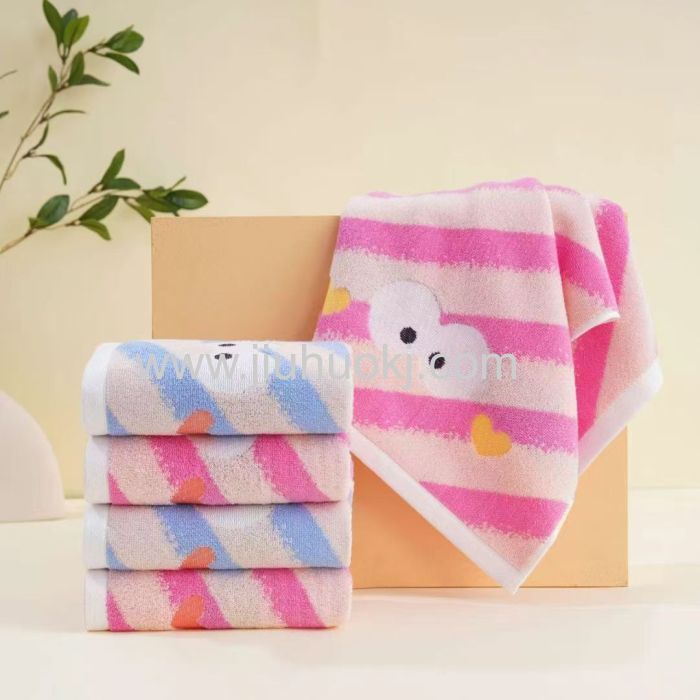
How to Choose the Softest Bath Towel: A Complete Guide
Understanding the Science of Towel Softness
Softness starts at the fiber level. Long-staple cotton fibers, like Egyptian, Pima, or Turkish cotton, are the gold standard. Their long, fine fibers create a smoother, stronger yarn with fewer rough ends. Thread count matters too. It counts the number of threads per square inch. A higher thread count, typically between 600-800, often means a softer, denser feel. Also, look at the GSM (grams per square meter). This measures the towel's weight. For the perfect balance of softness and absorbency, choose a towel with a GSM between 500-600.
Material Matters: Picking the Right Fiber
The fiber type is the most important choice for softness. Long-staple cotton is the best option. Its fibers are fine and strong, making towels incredibly soft and durable. Bamboo is another great choice. It has a naturally smooth, silk-like feel and is antibacterial. Organic cotton is also soft. It is grown without harsh chemicals, which is better for sensitive skin. Avoid towels with a lot of synthetic materials like polyester. They can feel rough and may not absorb water well.
Weave and Structure: How a Towel is Built
How a towel is woven affects its texture. Most soft towels use a looped terry weave. These loops make the towel fluffy and absorbent. The height of these loops is important. Higher loops feel plusher and softer but can be less durable. Look for a tight, even weave across the entire towel. Avoid towels with rough or uneven spots. A well-made towel will also have reinforced edges (double-stitched hem) to prevent fraying without sacrificing softness.
Post-Processes That Boost Softness
Many towels get special treatments after weaving to make them softer. Stone washing is a common method. The towels are washed with pumice stones to gently break down the fibers for a broken-in feel. Enzyme washing uses natural enzymes to achieve a similar smoothness. Some brands use mechanical softening, which involves tumbling the towels to relax the fibers. Be cautious of towels that feel overly slick; they might have silicone-based softeners that can reduce absorbency over time.
Care and Maintenance: Keeping Towels Soft
Proper care keeps your towels soft for years. Always wash new towels before first use. This removes any finishing chemicals and fluffs up the fibers. Use a mild, fragrance-free detergent. Avoid fabric softeners and dryer sheets. They coat the fibers, making them less absorbent and eventually stiff. Instead, add a half-cup of white vinegar to the rinse cycle occasionally. This naturally softens fibers without any chemical buildup. Tumble dry on low heat and avoid over-drying.
Testing and Evaluating Softness: Hands-On Tips
You can test a towel's softness before you buy. First, feel it. Rub the towel against your cheek or the inside of your arm. It should feel smooth, not scratchy. Next, give it a squeeze. A soft towel will feel plush and spring back slowly. Check the label for key info: material, thread count, and GSM. Don't just trust marketing words like ""luxury"" or ""plush."" If you can, compare a few different towels side-by-side to feel the difference in weight and texture for yourself.
Softest bath towel, bath towel guide, how to choose towel, towel softness

